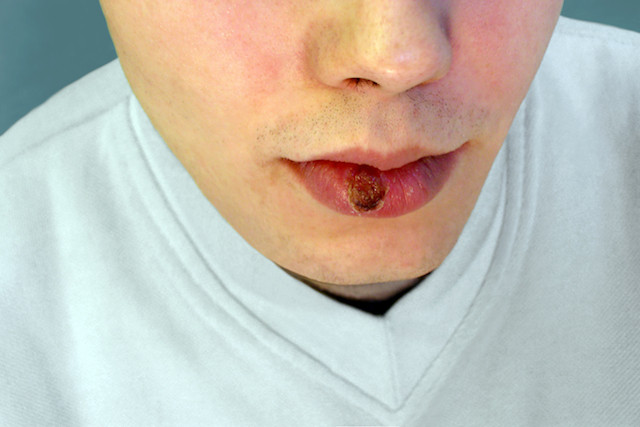That’s according to a report issued this summer by the European Centre for Disease Prevention and Control, an EU agency.
In Luxembourg there were 2.9 confirmed syphilis cases per 100,000 residents in 2007, a figure which rose to 4.4 cases per 100,000 inhabitants in 2017.
The 4.4 number was a slight improvement on the ratio recorded in 2015 (4.9) and 2016 (4.7).
The rate for the entire EU/EEA was 4.5 in 2007 versus 7.1 in 2017.
The highest proportion of cases in 2017 was found in Iceland (15.4), Malta (13.5), the UK (11.8), Spain (10.3) and Germany (9.1). The lowest reported rates were in Estonia (2.6), Cyprus (2.5), Slovenia (2.3), Portugal (0.8) and Croatia (0.7).
Treponema pallidum, the bacteria that causes syphilis. Image credit: National Institutes of Health
“Syphilis diagnoses were consistently higher among men,” said the ECDC. Across the bloc, the agency stated:
“Between 2007 and 2017, close to two-thirds (62%, 94,015 of the 152,233 cases where sexual orientation was known) were reported among men who have sex with men. Heterosexual men contributed 23% of cases and women 15%.”
The ECDC released the figures on 12 July 2019.

